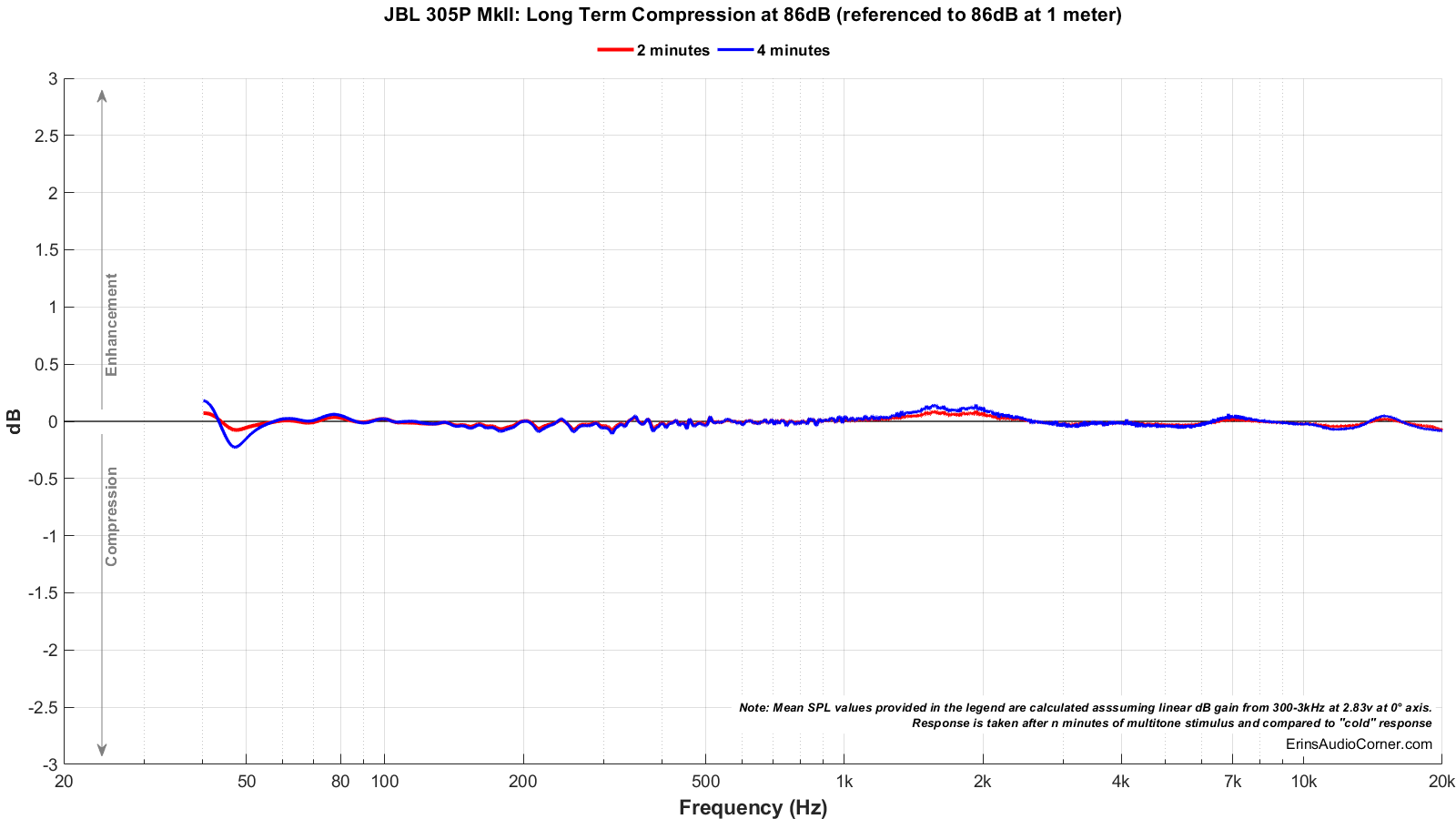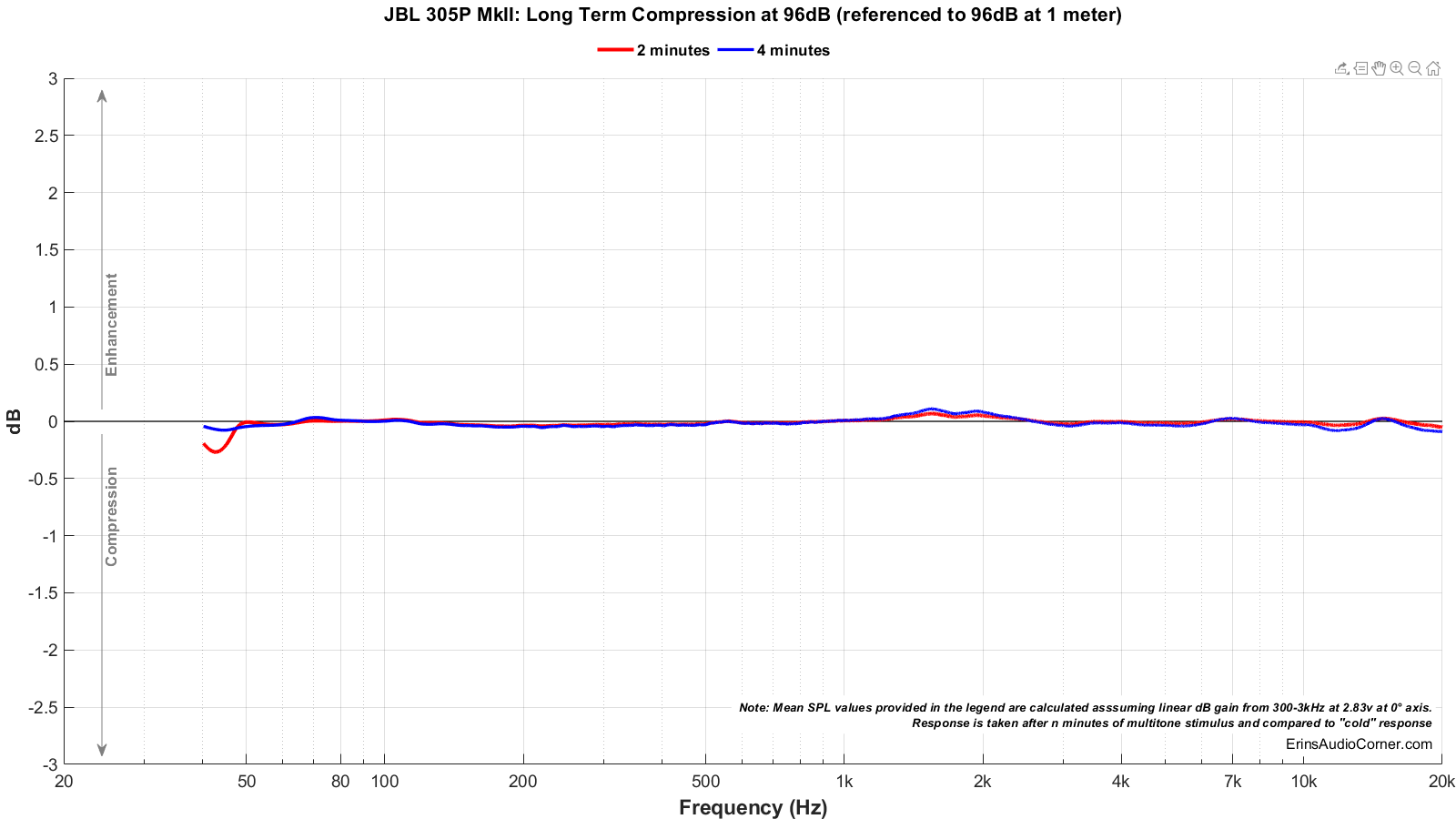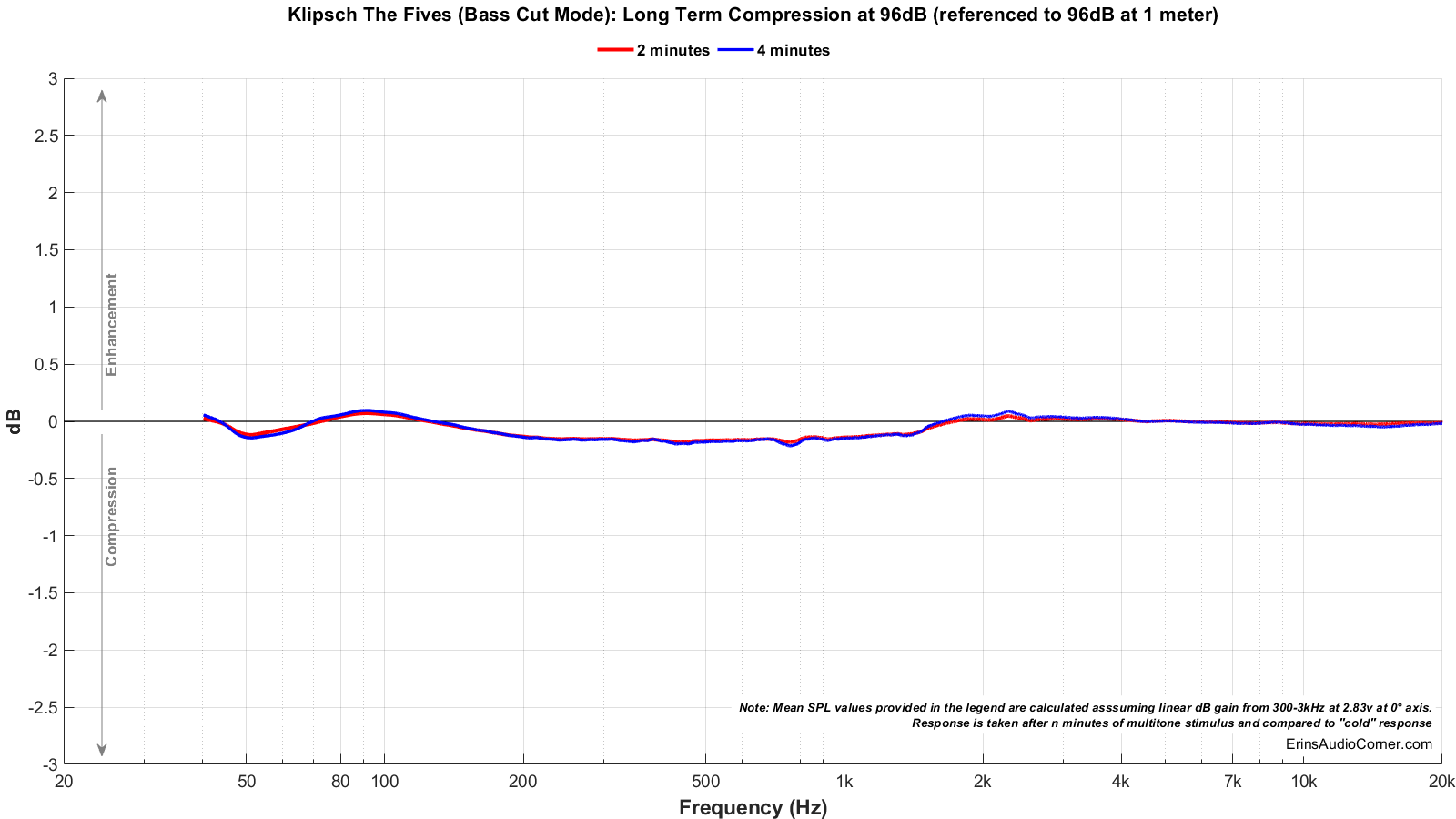Well it's not fashionable around ASR to admit that you can hear differences, but I have to admit that very often I can. I've never owned a tube power amp but I have owned three different tube preamps.The tube amp thing actually came up later in the video. I sounded like Dr. Geddes view is that while tube amps do have higher 2nd harmonic distortion, it's usually not high enough to overcome the very high masking our ears have for such distortion. So, people probably don't like tube amps for that higher distortion, but rather for some other reason, likely (imo) psychoacoustics(ex: placebo). Actually one of my main takeaways from the talk is just how incredible our ears are at masking low order harmonic distortion. Dr. Geddes mentioned one case where it was up to 20%, but was still too small to overcome the masking.
Subjectivist audiophiles will insist that that tube -- and some s/s components -- will produce a smoother sound and what they best describe as a "layered soundstage" or sometimes as a "holographic effect". This is very consistent observations for what that may be worth. They apparently don't perceive these effects as distortion per se but rather as pleasant, even more like "live" performance. Personally I think their perceptions have some basis in reality though they are artifacts produced whether by of low-order harmonics or some other effect not yet quantified.
Sure, might be my imagination -- can't prove it isn't -- but I have heard it myself from my tube preamps and one, (quite expensive), s/s power amp. In my non-scientific observation there is a distinct correlations between higher 2nd and/or 3rd harmonics a measured, e.g. here at ASR, and these smooth/warm and holographic effects.
Opps




